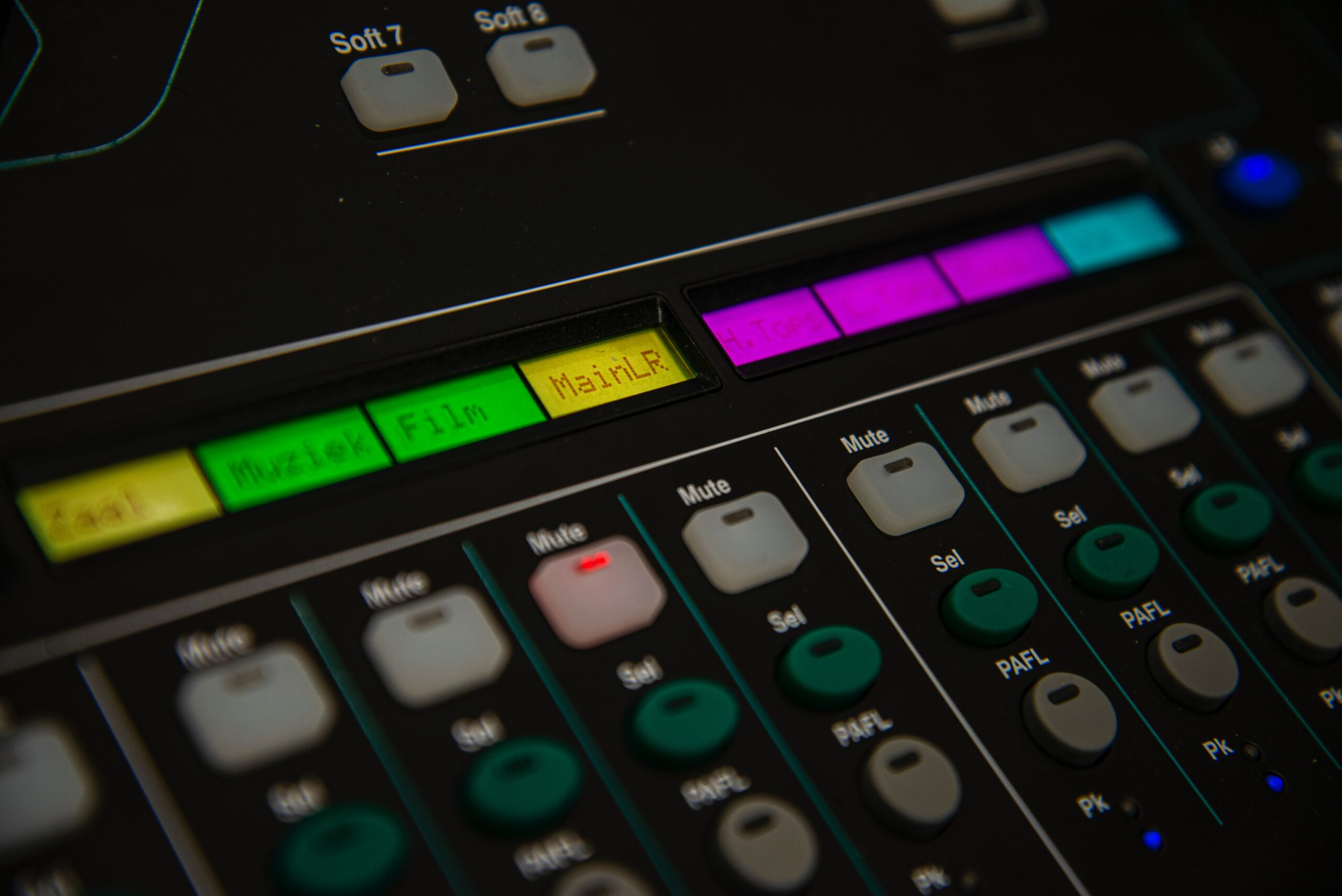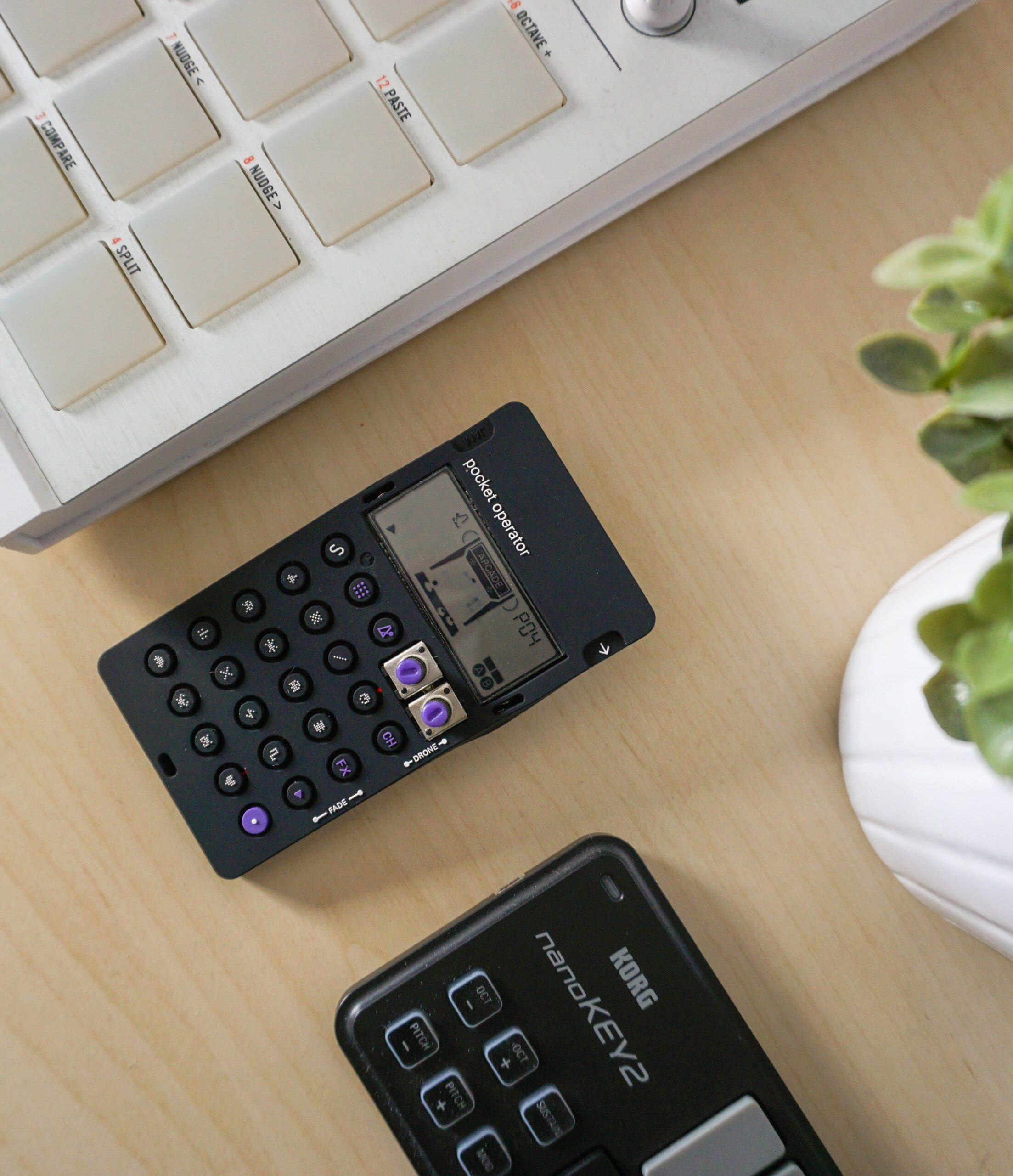This is a human calorie needs calculator which is needed to maintain basic body functions in the nervous system, liver, kidneys, heart, and other organs of your body. Running, cycling, cross-training, stationary bikes increase the caloric demand given by a greater amount of calories burned, so energy expenditure can drastically increase,- “BMR Calculator”.
You need to know that your body burns calories with varying intensity, so it is important to adapt well to all proportions. Children, adults, and pregnant women have different daily calorie expenditures and different daily calorie needs, age, height, and weight, among other causes.
Our calorie calculator calculates what your basal metabolic rate (BMR) values are and what your total metabolism (CPM) values are.

Factors Affecting The Basal Metabolic Rate
Body size: the MB increases in direct proportion to the weight, height, and surface area of the body
Body composition: fatty tissues have a lower metabolic activity than muscle ones.
Gender: the MB is generally 5% -10% lower in women than in men; this difference is largely because women generally have a higher body fat content and less muscle than men, of the same size.
Age: the decrease in muscle mass over the years leads to a slow decline in MB up to 3% per year from the age of 30 After the age of 60, the reduction follows a rate of 8%. Constant exercise is a solution to slow down this reduction.
How Many Calories Per Mass And How Many Calories Per Reduction?
You will see the demand for proteins, carbohydrates, and fats and find out which values will be best for you.
Calculate the appropriate calorie needs for you and start working!
Calculate the calories burned during the entire training process, remember that all the ingredients in your diet also cover the need for water, vitamins, and minerals (magnesium, calcium), this will give you full energy for training!
Differences Between Basal Metabolic Rate BMR And RMR
We often hear about basal metabolism in a single meaning, while the distinction between BMR metabolism must be considered. It is an acronym for the English Basal Metabolic Rate and RMR, Resting Metabolic Rate, even if the two terms are almost always used interchangeably.
The difference more simply and clearly exists
If the BMR Calculator measures only the basic processes of breathing, blood circulation, and temperature regulation in the phase of complete rest. And the RMR also includes the expenditure of energy for digestion and for the execution of the daily movements, such as getting dressed or taking a shower.
The values of BMR and RMR are usually similar enough to be interchangeable. If they are used to calculate the energy needs to gain or lose weight, you have to be careful which of them is used for weight loss. ‘one or the other equation.

How To Calculate Your Basal Metabolic Rate
A quick and easy way to calculate your basal metabolic rate is to use the Harris-Benedict formula, an equation that takes into account weight, height, age, and gender.
As for women, the equation is as follows:
BMR = 655 + (9.6 × weight in kg) + (1.8 × height in cm) – (4.7 × years of age)
For the men:
BMR = 66 + (13.7 × weight in kg) + (5 × height in cm) – (6.8 × years of age)
Because it is important to know your basal metabolic rate
The MB can be useful for understanding how to lose or gain weight, and also for keeping it constant. Knowing how many calories our body burns gives the measure of consumption.
To express the concept in simpler way, you must consume the same number of calories to maintain weight. As well as to gain weight you must consume more calories. Finally to lose weight you have to consume fewer calories than you burn



